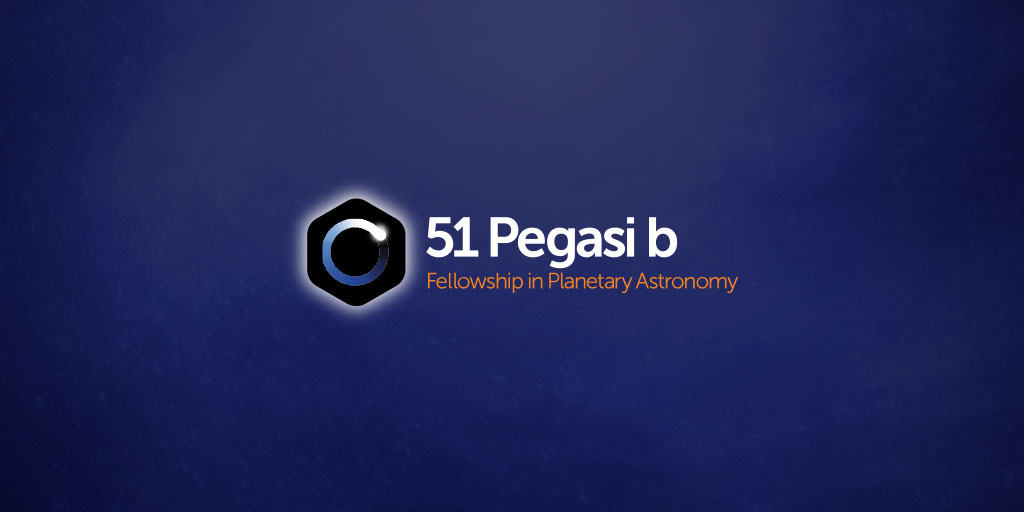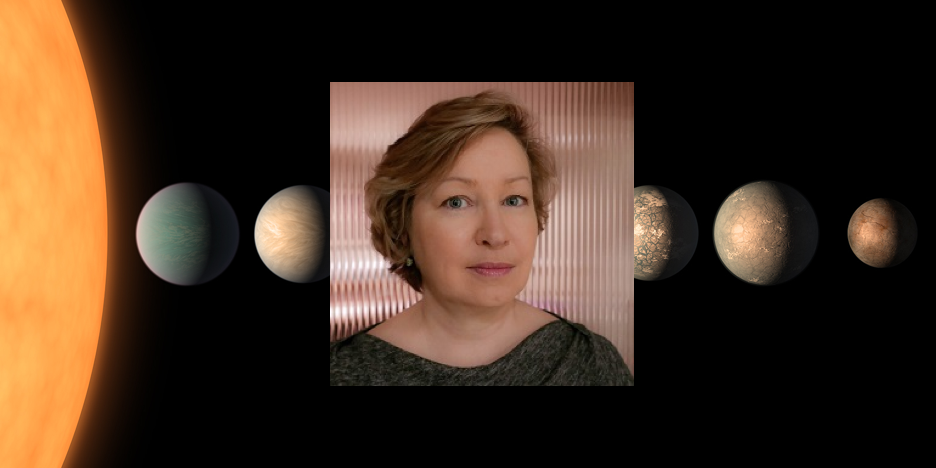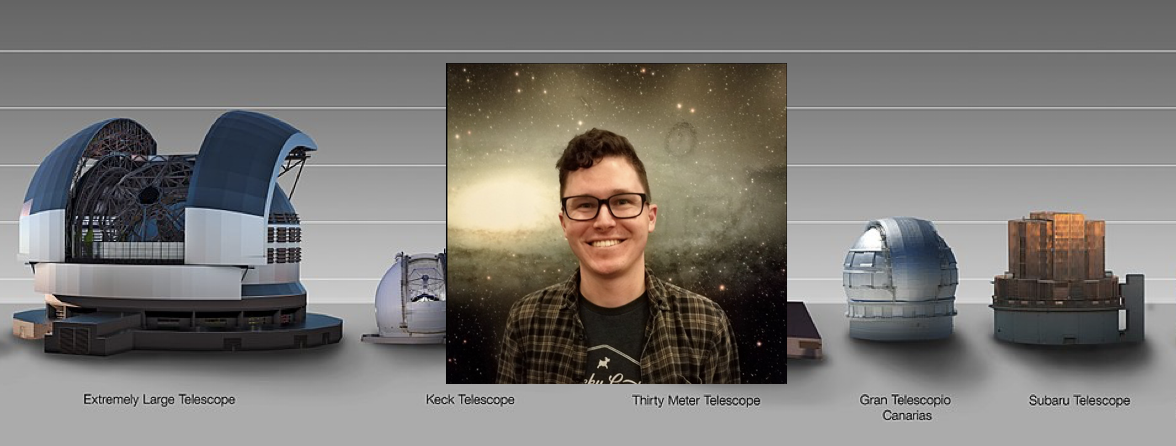
How do we search for life on exoplanets?
Welcome to the Virtual Planetary Laboratory! Our team’s research is driven by a single scientific question: “How would we recognize whether an exoplanet can or does support life?” To answer this, the VPL Team develops and combines scientific models and laboratory and field work from many disciplines to constrain planetary habitability and lay the scientific foundation for the search for life on newly discovered worlds. We explore the evolution and limits of terrestrial planet habitability via a planet’s interaction with its parent star and planetary system environment. We work to identify life’s observable impact on a planetary environment for different metabolisms, planetary compositions, and host stars. We calculate the likely detectability of these planetary characteristics in photometry and spectra to be returned by NASA’s James Webb Space Telescope (JWST) and future mission concepts, such as the space-based flagship telescope recommended by the Astro2020 Decadal Survey.
Our effort benefits astrobiology and the NExSS Research Coordination Network with a proven, productive, interdisciplinary science team whose research spans the distribution of habitable worlds, the co-evolution of life with its environment, and the recognition of signatures of life on other worlds. Our research personnel contribute to the NExSS Research Coordination Network and provide both key scientific leadership for current and future NASA missions, while engaging the public in the excitement of NASA’s planet detection and characterization efforts.
VPL research is undertaken with five tasks, four to understand different planetary environments, and the fifth connects what we have learned in the first four tasks to information needed for the interpretation of data and the design of future telescopes. To learn more about our tasks, please click on the figures below.










